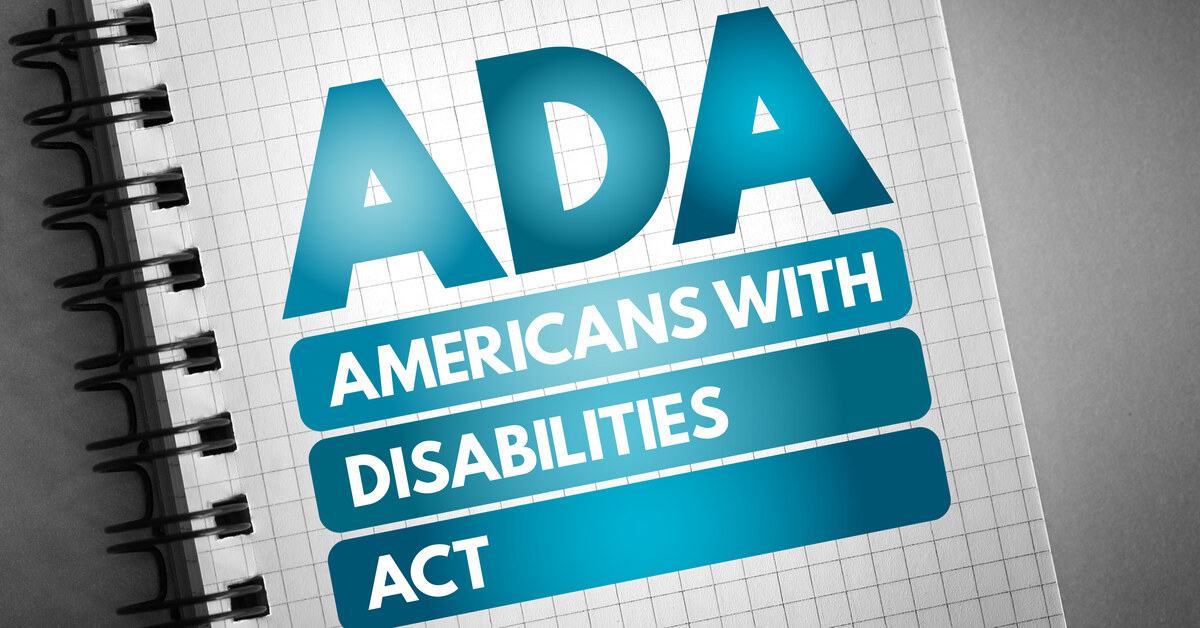Every property manager knows laundry facilities are essential amenities, but many overlook the crucial aspect of accessibility. Property managers and laundromat owners are legally obligated to provide a laundry space that is inclusive and user-friendly. Here's a guide to meeting the ADA standards for guaranteeing accessibility in laundry facilities you manage.
Create Clear Paths
Creating accessible spaces begins at the entrance. Install ramps or proper egress options for individuals using wheelchairs or walkers. Also, pay attention to the width of the entrance to ensure it is accessible to everyone.
Next, make sure doors open automatically or with an accessible handle that meets ADA standards. Pay attention to door swing requirements to avoid obstructing pathways.
Once inside, ensure the layout supports clear, unobstructed paths to coin-operated laundry machines and other amenities. Everyone should be able to move around the space without any challenges.
Arrange Machines for Accessibility
Proper machine placement plays a huge role in meeting accessibility standards.
- Clear floor space: The ADA specifies that the space in front of machines must measure at least 30 inches wide by 48 inches deep. This space allows accessibility for anyone in a wheelchair or using a motorized scooter.
- Top-loading machines: The lid cannot be more than 36 inches from the floor for this type of washing machine.
- Front-loading machines: The bottom of the door must be between 15 and 36 inches from the ground.
By following these standards, you create a space where anyone can operate these machines comfortably without unnecessary strain.
Make Controls Easy To Reach
Machine controls and buttons should be easy to reach for everyone, no matter their height or mobility. Controls for top-loading machines can be placed at the back as long as they are within 24 inches from the front edge. In other words, if a person in a wheelchair sits parallel to a machine and stretches their arm, the controls should be no more than 24 inches away.
Additionally, detergent dispensers, lint traps, and other parts must be easily accessible and operatable with one hand. These small design choices make a big difference for anyone using the machines.
Use Clear and Compliant Signs
Clear signage is essential for navigating laundry spaces. Install high-contrast signs that are easily readable and include braille for crucial information. Whether labeling machines or marking accessible entrances, ensure all signs meet ADA compliance standards to create a genuinely inclusive environment.
Meeting the ADA standards isn’t just ticking boxes and avoiding lawsuits. Providing accessibility in the laundry facilities you manage fosters inclusivity and allows everyone to access essential facilities with ease. Implement these practical guidelines to transform your laundry facilities into a space that works better for everyone.
